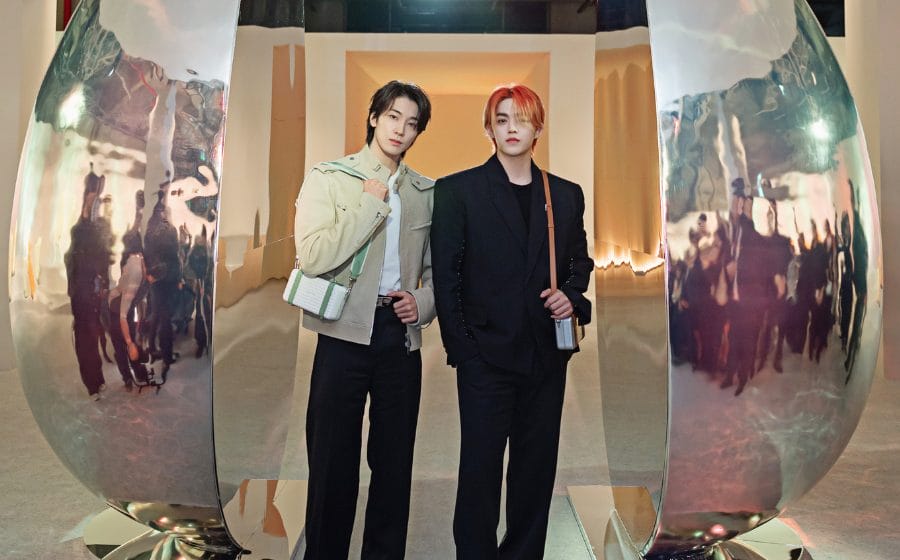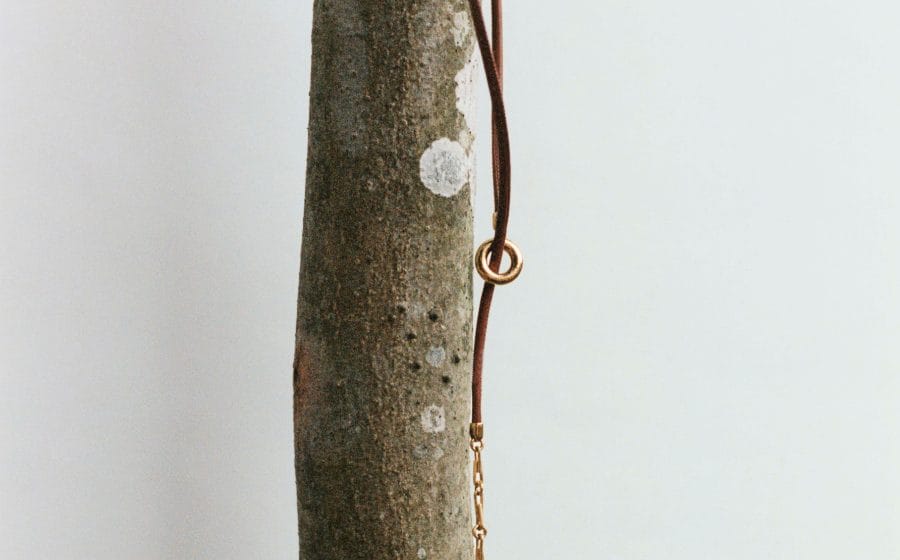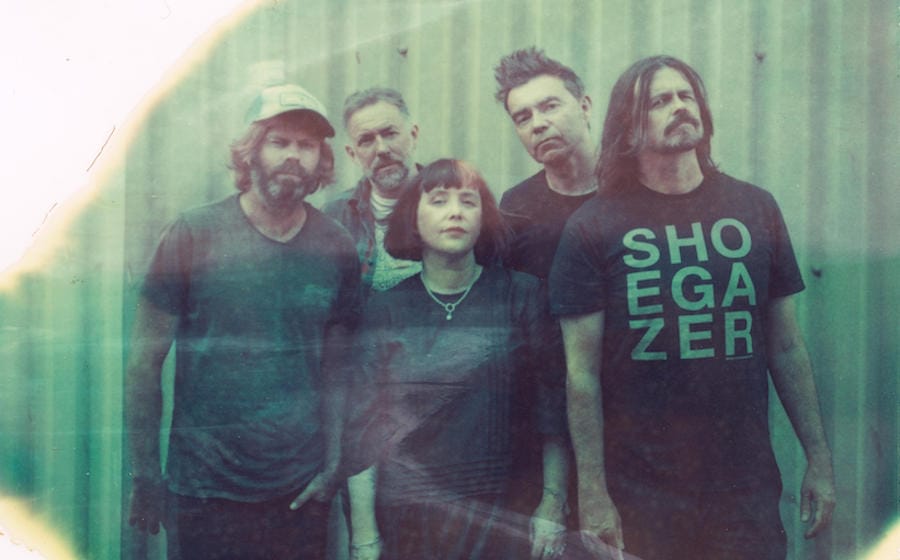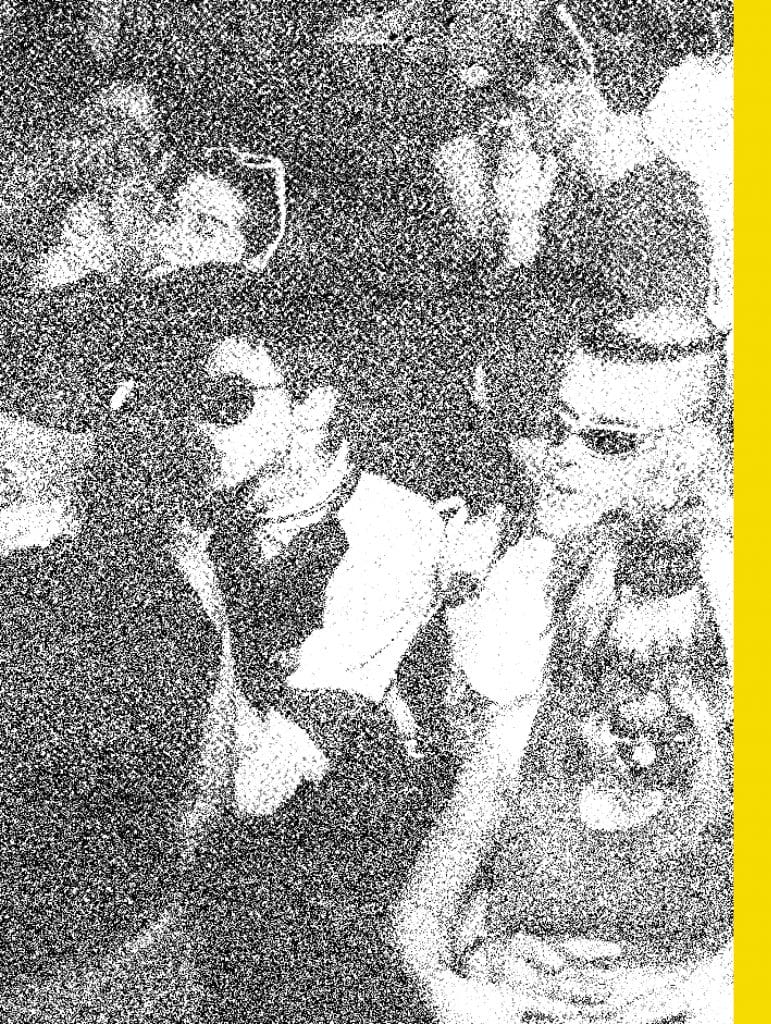
Hedonism and escapism through party cultures serve as inspiration for the 8 trends from the Fall Winter 2021 menswear collections in anticipation of the next epic rave renaissance.
__
“This must be the place”, laments a blink-and-you’ll-miss-it signage along the dizzying streets of Boat Quay in Singapore. A first encounter to what few might describe as a rave in Europe, operating within the shadows of one of the city-state’s most gentrified tourist traps. There, a black room gilded with haze greets you with sequenced red lasers as pulsating beats repeatedly invite you into a state of trance. The unannounced uniform was all black, with higher scores earned if one adorns sleek black eyeliner and incorporated leather within their outfits. But the clothes one wore was ultimately secondary. Between the walls of Headquarters — one of three spaces established by The Council — one’s worries and anxiety fades as the night progresses. It was a moment worth living for. Yet, as the pandemic has forced nightlife operations to a halt, the repeating beats felt within its walls are still yearned, longing for a rightful ceremonial return.
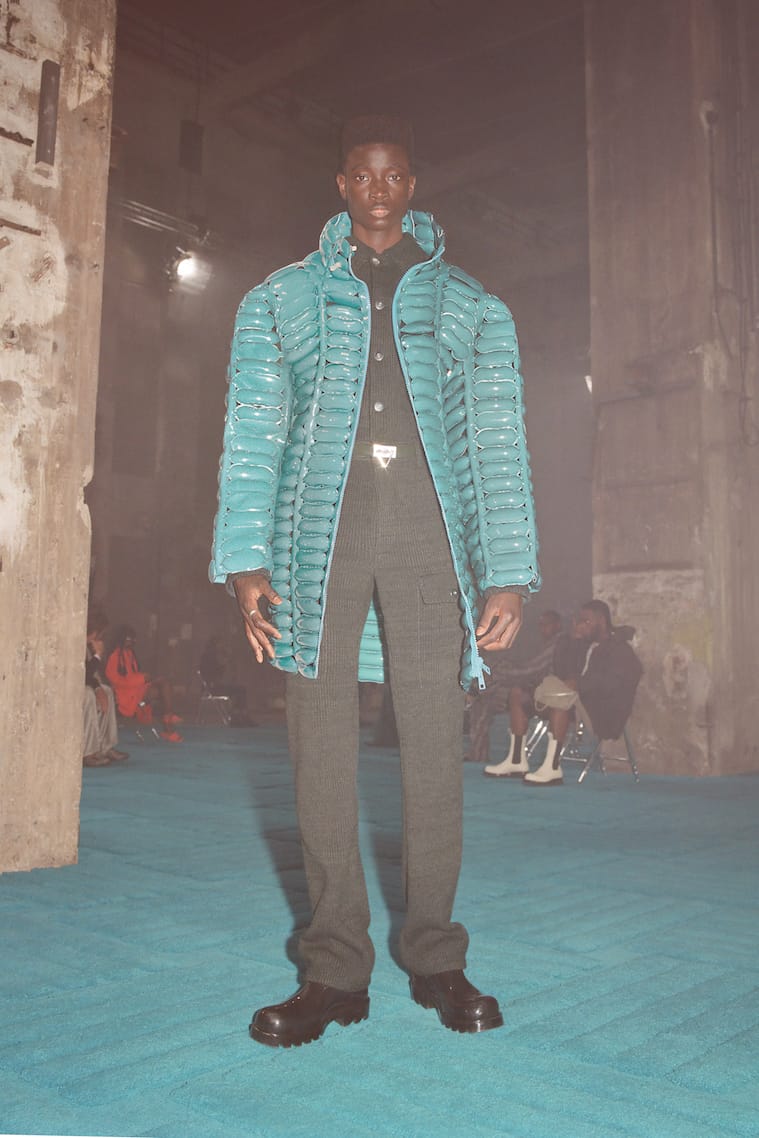
Images from the Bottega Veneta Salon 02 presentation at Berlin’s infamous Berghain club.
As such, this was the same premise designers were drawn to as starting points during the creation of their Fall Winter 2021 collections. Matthew Williams threw a techno-concert for Givenchy and presented a stretch of 63 looks designed for the next available block party. Bare acid house legend, Plastikman, extends his invitation from Raf Simons and Miuccia Prada with a hypnotising rework of the fashion-techno soundtrack trope at Prada. Bottega Veneta’s presentation was held quietly within the walls of Berghain, a rave destination in Berlin only a select few have experienced, to absolute secrecy. GCDS proposed hedonism as the way forward, while the return of Courrèges was a rolodex of party styles across decades. The atmosphere was livid for a moment in our time where self-indulgence is irrational and immoral. So what are the party clothes for then?
__
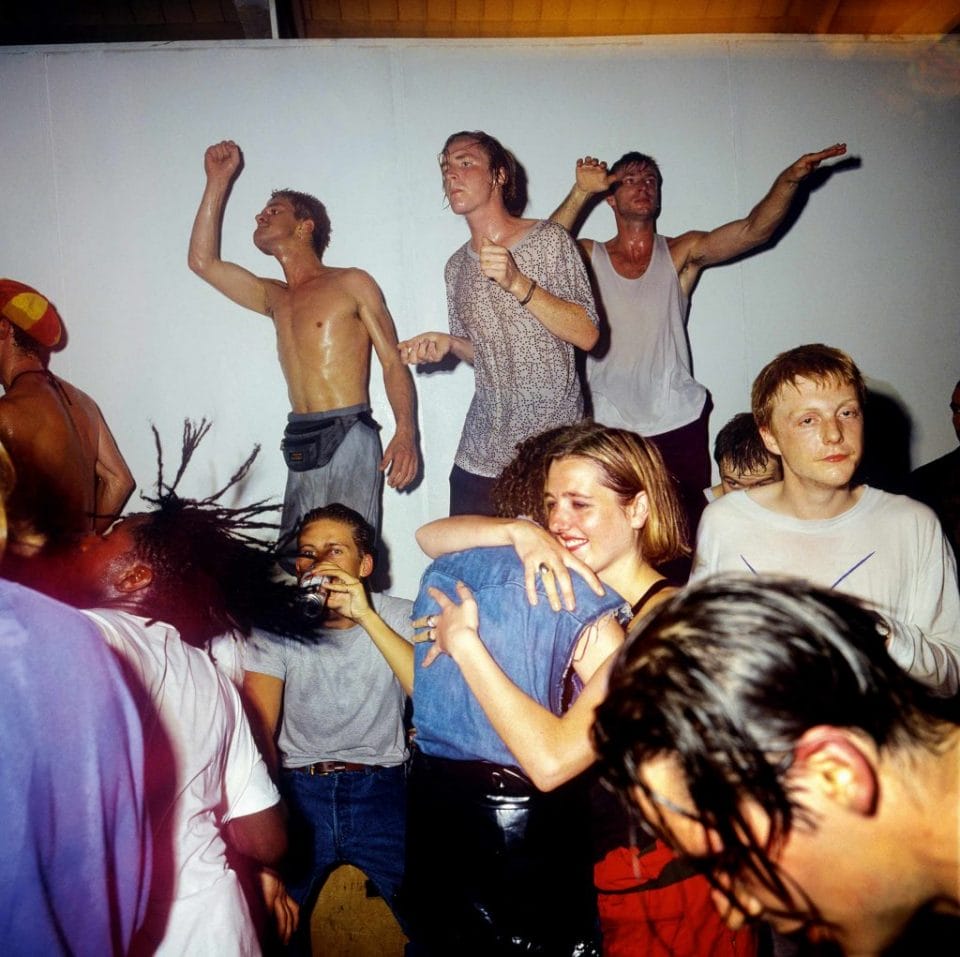
Dave Swindells, Pendragon at the Fridge, Brixton , 2000. Courtesy the artist
The answer lies in the anticipation for the next epic rave renaissance. With every crisis collectively experienced by the majority of the world, a convergence of celebratory and innovative attitudes will follow. Modern history perfectly lays this out — dance floor scenes naturally rose in popularity after a crisis weighs out as a form of escape. The AIDS crisis, crack, and neoliberalism gave way to some of New York’s most inventive periods in party culture. Rapid mixtures of disco, techno, dub, and rap soon took over the world. Similarly, the strike of the wrecking ball on a concrete divider in the late 1980s gave rise to the birth of techno and acid-house when the Cold War ended.
__
The fashion that accompanied these scenes were unapologetically epic. It was an event. An excuse to get something that will make one feel like a million bucks. To be seen, and not just seen in anything but with something worth seeing. Or it meant an opportunity to fit in with the rest, to put on a uniform that resisted the temptations of modern life. It was a moment of pure lust. The pleasure of becoming the best version of yourself overtook the hostilities of the night. It became the few moments in fashion that matters and inspires today — a shrine of hope laid out in irresistible combinations of glossy satin and leather, to name a few. Where else could something so easily accessible provide that much escape from reality? For us in 2021, the urge is already ticking.
Escapism has been a running theme since Spring/Summer 2021 — the first of many collections presented during COVID-19. Emotionally complex clothes made their way into pop culture. What one chooses to wear meant something, was made out of pure intentions, and perplexed to be larger than it was. It was clothes to accompany the way of day-to-day life in the most earnest way possible. The trends from Fall Winter 2021 pushes this further. When uninterrupted music in a room full of people makes us lose ourselves, that is what most of us will lean to when the time comes. It becomes an opportunity to forget, to learn, and to move on. Fashion merely provides the tool to aid in this endeavour.
__
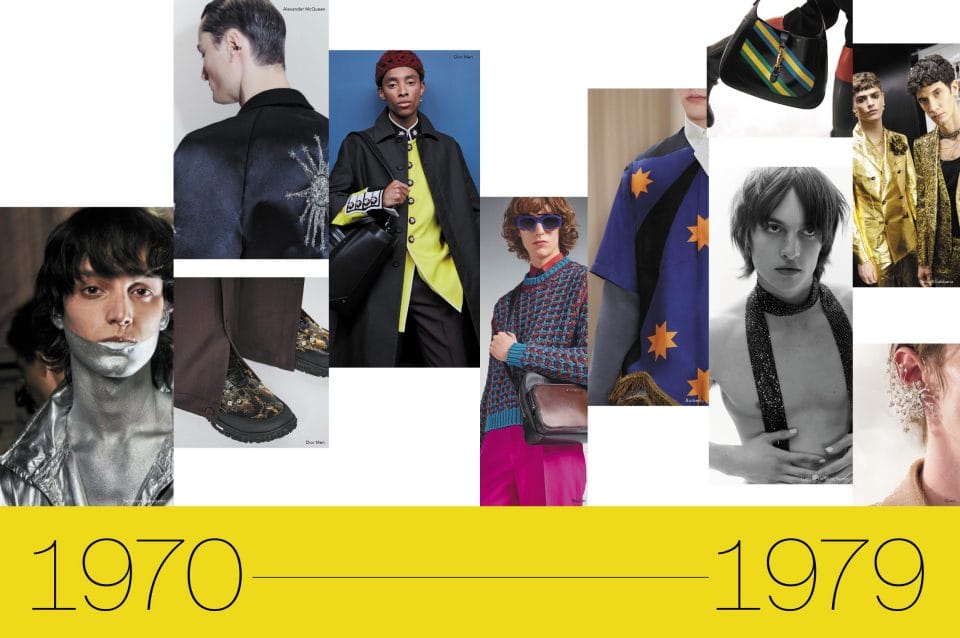
The Legacy Of Studio 54
The moment parties “truly” arrived in popular culture was with the opening of Studio 54 in 1977. A short-lived scene one can only describe as severely glamorous in the kind that only exists in exaggerated club scenes in a 1990s film. The clothes within this era of fashion exist for the sole purpose of making people look cool, as the by-invite-only door policy curiously turned each night into a runway.
Studio 54 left an indelible mark in making modern fashion despite its controversies. With a guest list of names that could rival the largest Coachella line-up to date, the urgency to impress with style was never more necessary. Where else can one spot Debbie Harry, Freddie Mercury, and Michael Jackson in the same room without feeling a pinch of anxiety on what to wear that night?
__
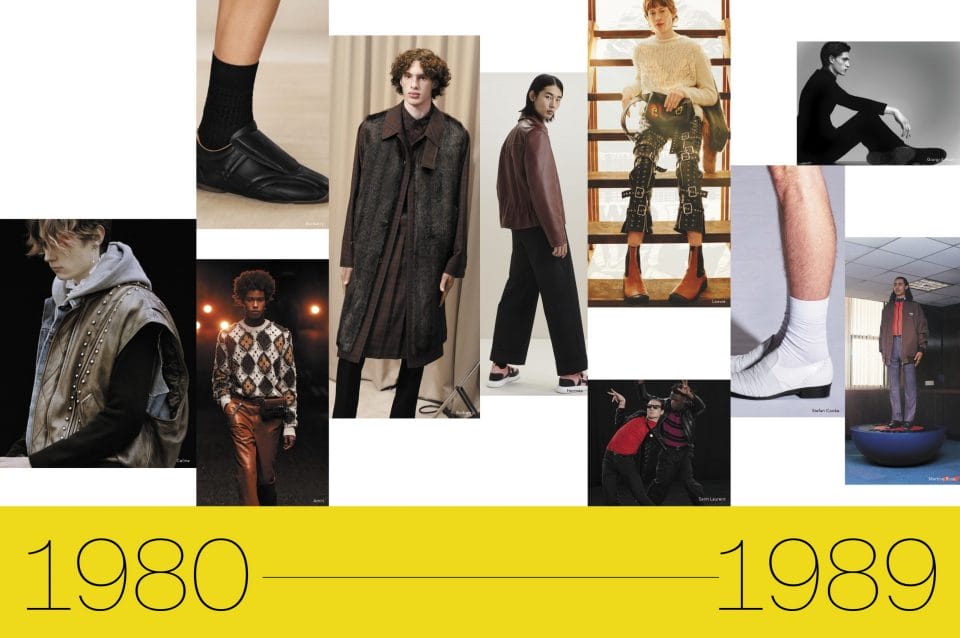
Post Four-On-The-Floor Chicago
Before house music came into play, disco had to go. The mainstream discotheque obsession of the 1970s — an era that defined Black and Queer culture in the United States — died in mid-1979. A paranoid fantasy led to frenzy and its demise as told by the events of Disco Demolition Night — a racial and homophobic riot that called for the ethnic cleansing of the radio. But what clips ultimately becomes an inspiration for something new.
Black and queer groups found a new haven through the use of high-tempo, electronic dance music in Chicago — disco’s ultimate evolution. The early days of house music was a treasure trove of fashion styles never-before-seen, with leather inspired by the hedonism of Queer culture and early fantastical street styles creating a lasting impression at underground locations each night across the 1980s.
Forced to find a new hedonism when the disco movement reached its conclusion at the end of the 1970s, the same tongue-in-cheek eroticism eventually manifested into a new trend. The Warehouse — an underground members-only club historians coined as the birthplace of house music in Chicago — was filled with fashion that revivified the use of leather in every outfit. High-waisted cigarette-cut jeans and bowler hats were the ultimate pairings. This odyssey closely resembles Loewe’s leather-buckled pants and cable sweater combination that perhaps Jonathan Anderson himself was making a visual essay on what went on then.
__
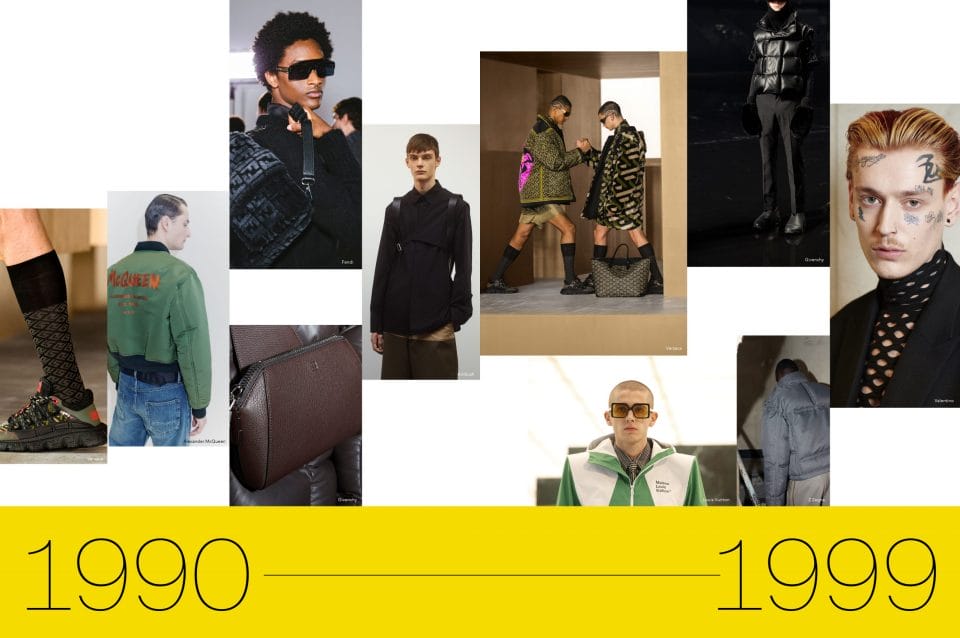
The Birth Of Modern Raves
The holy grail descriptor of escapism meant turning up to a party wasted on a Friday evening and returning home just in time for Sunday service. Rave culture symbolised pure resistance and celebration. It was a way of survival against the conflicts in Europe. The electronic, trance, and dub sounds birthed an endless generation of frustrated cult-like party-goers who simply wanted to escape the noise.
Continuous, hopeful rhythms became mantras as sexual promiscuity created some of the most hardcore fashion since men openly wore crop tops. While rave-wear is no longer like the good ole-days, the decade-long declaration of independence remains sacrilegious to designers of our time.
Word on the street is that a guaranteed entry into Berghain is an all black outfit abstained of high fashion logos. But it is easier said than done. Rumour has it that the infamous Berlin club disguised within an abandoned warehouse once turned away even Britney Spears. Rumour also has it no one has actually been inside. However, an all-black suit paired with a black balaclava and leather mittens from Givenchy might just impress the bouncers if luck is willing. All it takes is a little faith. Just remember that the wait in the queue might not be worth it after all — if one actually successfully enters.
__

Who Were The Club Kids?
‘Gender revolution’ has hardly been used to describe a subculture movement other than the New York club kids of the early 1990s. They were the last definitive subculture group of the analog world. Illicit ideas of dressing amongst these teens enabled a fashion-conscious youth movement. The make-up was heavy, often times wild. The clothes had a lot to say, but was never costume-like or out-of-place.
It was outrageously dramatic and theatrical; best described as a combination of ballroom aesthetics and the acid-induced momentums of European subcultures. To call it the centre point of contemporary camp culture would only be an injustice to its legacy. The Club Kids were nonetheless modern fashion heroes, and its recognition is long overdue.
While the styles of the club kids has been lost in modern times, the attitudes has found its way to new forms of trends. Dubbed “intellectual dressing”, one might imagine Gucci’s Aria collection as a ways a club kid would dress today.
__
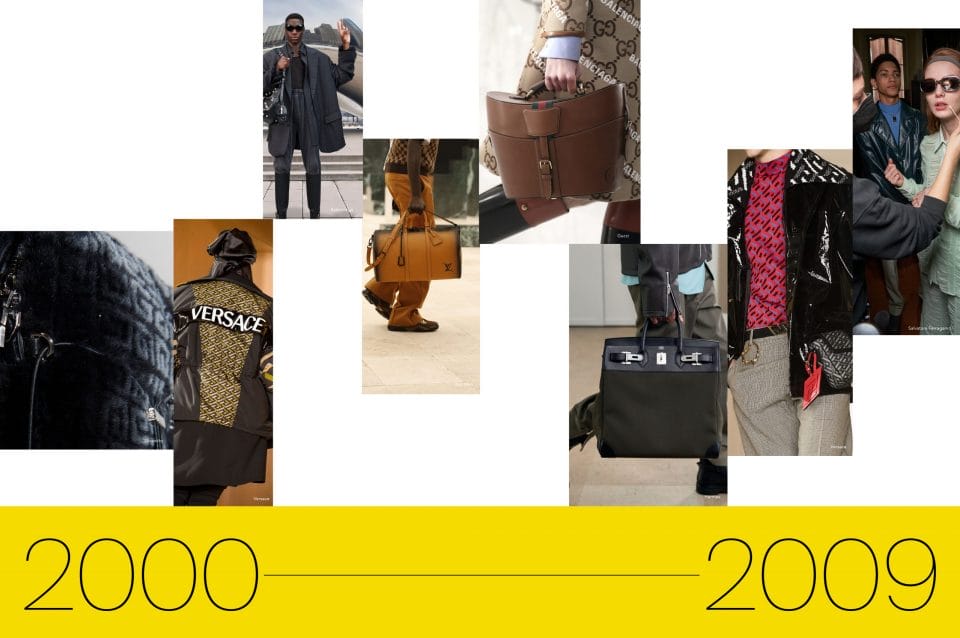
By-Invite-Only
Paris Hilton once said, “some people change when they think they’re a star or something.” Oddly enough, it perfectly encapsulates the rise of celebrity culture in the early 2000s. Notorious glossy paparazzi images at by-invite-only nightclubs patronised by dizzyingly young A-listers were content worthy of front pages. There, the appeal of luxury high-fashion finally made its way to the masses in the most extreme forms.
Fashion at this time found its way through the intersections of pop culture and its global audience. Monograms and logos became historical landmarks on these walking billboards, and adorning logos of luxury brands became an acceptable new normality. Has fashion ever recovered from it? No. Logos have now been subdued as a mainstay design element for most contemporary collections. It is only a matter of time it becomes exaggerated again.
Perhaps two decades too late, Versace has finally embraced the monogram in its collections. But there is never a wrong way to advertise the brand one is wearing. When worn tastefully, it might have a certain charm to the outfit. Take it from the A-listers of the early 2000s, they would know best.
__

A Party Amongst Thousands
As pop culture high-profile parties lost its way towards the end of the 2000s, a wave of large scale parties designed to entice an international audience started to flood across major cities during the summers. They were music festivals, but not like the iconoclast kinds such as Glastonbury or Lollapaloza. They were blockbuster destinations for escapist enthusiasts, designed as a weekend of binge-drinking and endless rave pits.
Was it the cheaper airfares, the infancy of Instagram and a constant need to impress, or the poster boys of Coachella clad in khaki chino pants that gave rise to this trend? No one can truly tell, but Singapore’s very own Laneway Festival was no different. The thrill-seeking days of a festival will take years to come back, but one is certain that their outfits are prepped for its return.
__
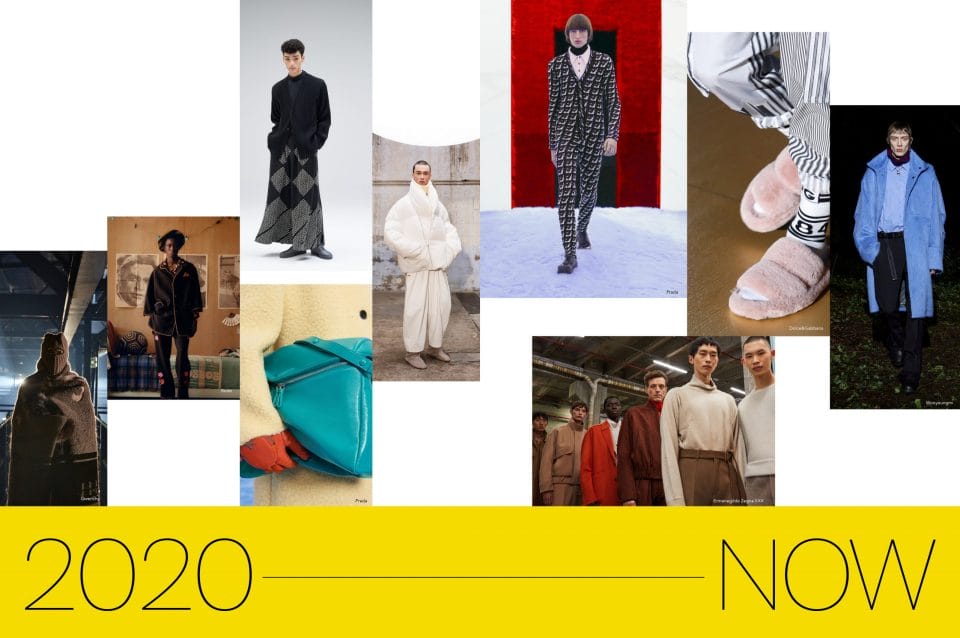
From Club Quarantine, With Love
It is 2 AM on a Friday in late January. The club one frequents every weekend is still open, and all one ever have to do is dance the night away. Now think of the same scenario in April. The shutters have been shut for weeks. It is quiet, eerily absent of life. The urgency to stay home is the only floating intention. But the desire to return to the dance floor has never itched more. How could anyone fulfil that desire?
Then came Club Quarantine. One of many popular global online club operations where producers and DJs could create party nights from the comfort of one’s home. It meant turning up at the club in pyjamas and witnessing a new global community of rave-goers turn the crisis into an opportunity to collectively connect like never before without ever having to put on any pair of shoes. A fever dream of sorts, the scenario inspired comfortability back to fashion. Clothes that anyone will wear. Fendi and Ermenegildo Zegna presented solid takes on comfort-and-style, with clothes that are presentable both in bed and at a house party.
__
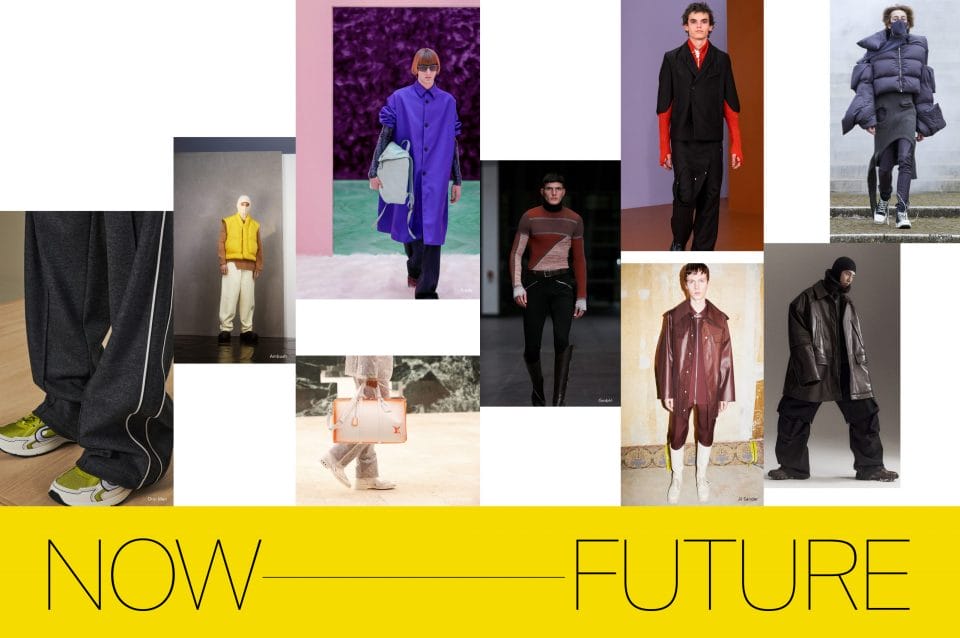
Future Nostalgia Forever More
Contemporary society has finally reached a cultural bandwidth. Nothing new within pop culture will ever be created out of pure, future-forward intentions. Whatever has been done is simply already out there. Instead, the mechanism to birth new identities will have to rely on the past. In other words, the obsession with nostalgia will never fade away — at least, not anytime soon.
Therefore, one can expect future iterations of the rave renaissance with an indulgence of references from previous escapism attempts. Moments romanticised by those who missed it. It is the past, the present, and the future all at once. A democracy of cultural references where no one gets left behind. This is the futurism that will come soon, and fashion is soon expected to follow in its steps.
__
This story about the 8 Fall Winter 2021 menswear trends first appeared in our September 2021 issue.

